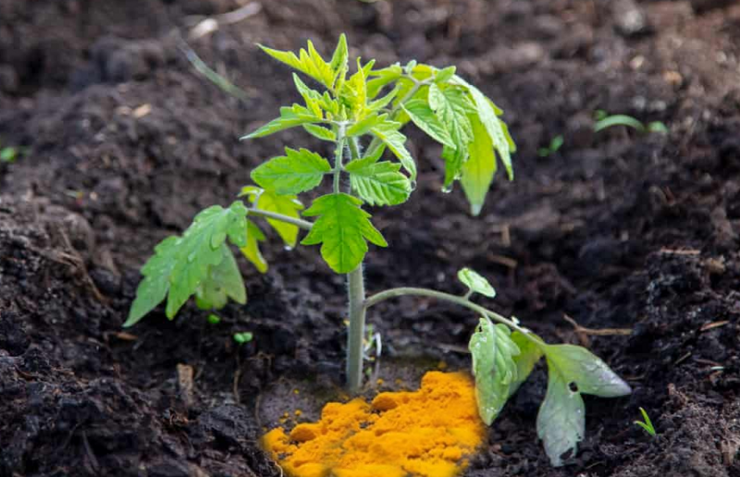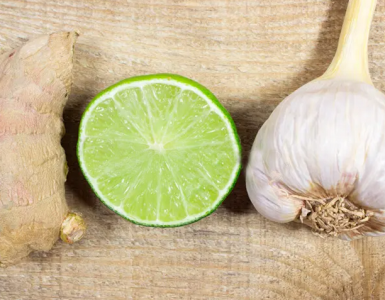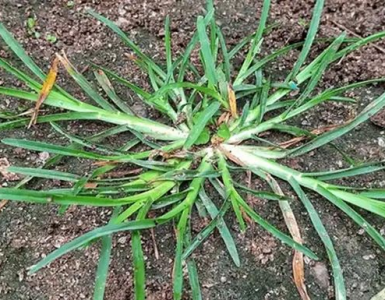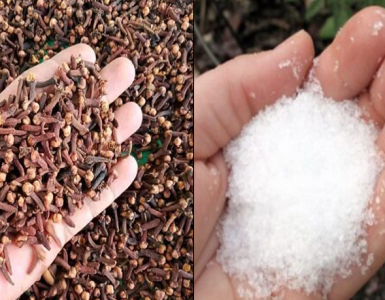In the world of natural gardening, sometimes the best remedies come not from chemical bottles, but from your kitchen spice rack. Turmeric, the golden-yellow root known for its health benefits in humans, also holds surprising power in the garden. Pouring turmeric on your plants might sound unusual, but this ancient remedy is now gaining attention among organic growers for its anti-fungal, anti-bacterial, and soil-enriching properties.
Let’s dive into what really happens when you apply turmeric to your plants and why more gardeners are using it.
What Makes Turmeric So Special for Plants?
Turmeric (Curcuma longa) contains a powerful compound called curcumin, known for its:
Anti-fungal effects (particularly helpful for preventing root rot and mildew)
Anti-bacterial action (protects wounds on stems and leaves)
Natural pest-repelling properties (deters ants and certain caterpillars)
Soil-enhancing nutrients, like potassium, magnesium, and iron
What Happens When You Pour Turmeric on Plants
1.Prevents Fungal Diseases
Sprinkling turmeric around the base of plants or mixing it with water to create a paste can help prevent powdery mildew, damping-off, and blight, especially in humid climates.
2.Heals Wounded Stems and Leaves
If your plant has been damaged (e.g., by pruning or pest attack), applying a turmeric paste helps disinfect and seal the wound, promoting faster recovery and reducing risk of infection.
3.Repels Insects Naturally
Turmeric’s strong smell and bitter compounds discourage pests like aphids, ants, and mealybugs, especially when applied as a spray.
4.Improves Soil Health
Sprinkled into the soil, turmeric introduces trace nutrients and supports microbial balance, which benefits plant root development.
How to Use Turmeric in the Garden
Turmeric Powder Soil Drench
Mix 1 teaspoon of turmeric powder with 1 liter of warm water.
Stir well and pour at the base of tomato, pepper, or cucumber plants.
Repeat every 10–14 days to prevent fungal buildup in soil.
Turmeric Pest Spray
Combine 1 tablespoon turmeric powder + ½ teaspoon mild liquid soap + 1 liter of water.
Shake and spray on leaves (top and underside).
Best applied in the early morning or evening, not under direct sun.
Healing Paste for Cuts
Mix turmeric with a few drops of water to make a thick paste.
Apply directly to plant wounds, broken stems, or pruning cuts.
Things to Keep in Mind
Always test turmeric spray on a few leaves before large-scale use, to check for sensitivity.
Avoid overuse—while turmeric is safe, too much can slightly acidify the soil or leave residue on foliage.
Use organic, food-grade turmeric powder (not one mixed with additives).
Ideal Plants for Turmeric Application
Tomatoes – prevents fungal rot and supports root strength
Peppers & Chilies – repels aphids and beetles
Cucumbers – reduces risk of powdery mildew
Houseplants (in moderation) – especially those prone to gnats or fungus
Pouring turmeric on your plants might sound like an old wives’ tale, but gardeners around the world are discovering its real, science-backed power. Whether you’re fighting mildew, healing a pruning cut, or simply nourishing the soil—turmeric offers a safe, natural, and effective solution.






Add comment